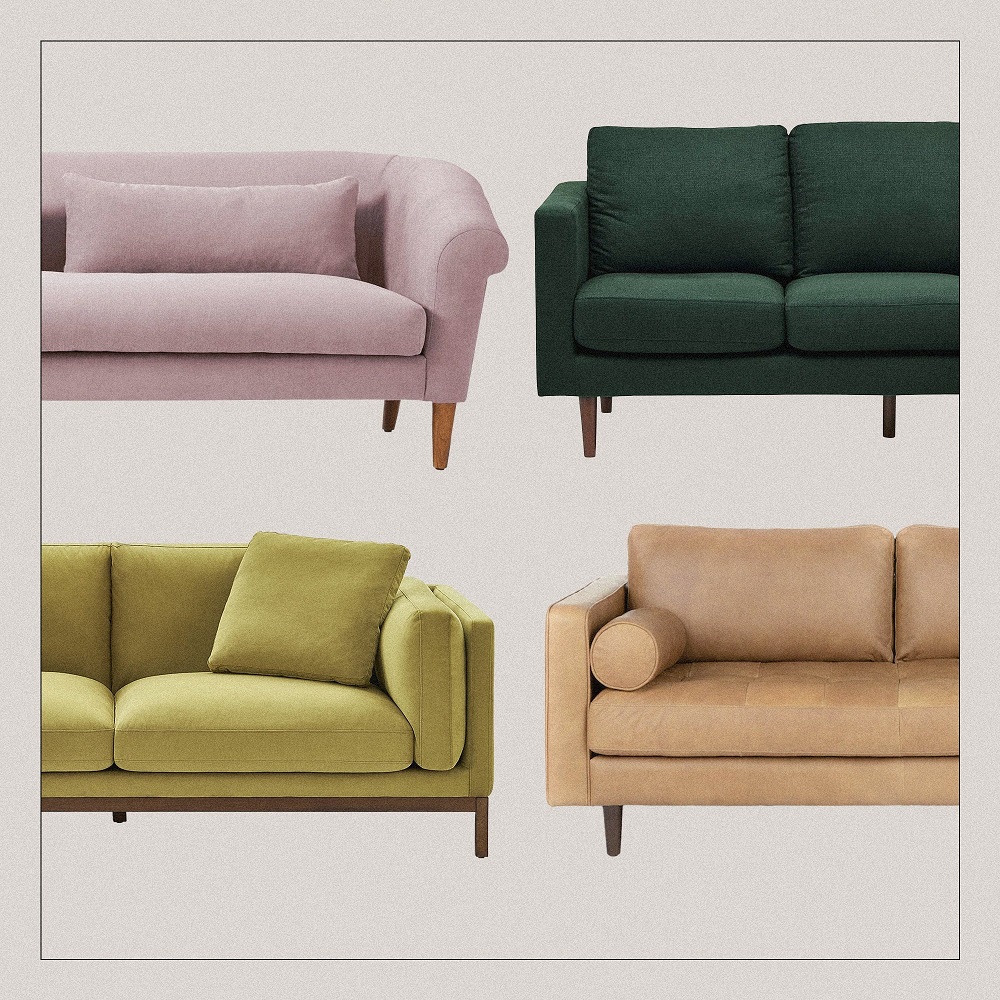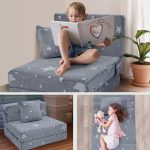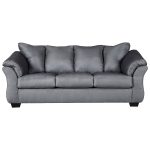Introduction to Settee and Sofa
When it comes to elegantly outfitting a living space, the terms ‘settee’ and ‘sofa’ frequently come to mind. Though commonly interchanged in conversations, these pieces hold distinct identities and origins that reflect their unique history, design, and usage. This section delves into the fascinating world of these seating staples, shedding light on their evolution, styling, and role in modern interiors. Whether furnishing a cozy nook or a formal living room, understanding the differences between a sofa and a settee is crucial in making informed choices that harmonize with décor preferences and functional needs.
History and Evolution of the Settee
The term ‘settee’ has its roots in the Old English word ‘setl,’ which was a long, wooden bench with an ornate back, used during Medieval times. Evolving significantly through the centuries, the settee became synonymous with a bench-style seating during the Victorian era, featuring upholstery and padded comfort, which added an aura of elegance and sophistication. These changes marked the settee’s transition from a basic wooden bench to a more plush, upholstered piece of furniture, reflecting cultural shifts and advances in manufacturing techniques.
Origin and Popularity of the Sofa
In contrast, ‘sofa’ is derived from the Arabic word ‘soffah,’ which described a part of the floor raised a few feet, adorned with luxurious carpets and cushions for sitting. Introduced to the English language in the early 17th century, the sofa has evolved over the centuries into a symbol of comfort and status. Predominantly used across the UK and many commonwealth countries, ‘sofa’ effectively sheds light on the cultural and social influences shaping furniture design and preference. Today, the sofa stands as a staple in households worldwide, cherished for its comfort and style.

Design Differences Between Sofas and Settees
Sofas and settees, while often confused, have distinct design differences. Unraveling these distinctions is key to choosing the right seating for your space.
Styling and Structural Variations
Sofas boast a range of styles, from classical designs with ornate features to sleek, modern lines. They come with sturdy backrests and armrests, providing support and comfort. Sofas often serve as the centerpiece in a living room, making a statement with their presence.
Settees, on the other hand, embody a more delicate and refined aesthetic. Originating from the ornate wooden benches of old, modern settees blend this historic elegance with contemporary comfort. You’ll find them with slender lines and less bulk than sofas. Some may feature intricate woodwork or tufted upholstery that echoes their regal past.
The structural variations between sofas and settees also extend to their size. Sofas are typically larger, designed to seat multiple people comfortably. Settees are narrower, accommodating two or maybe three snugly, making them ideal for smaller spaces or as secondary seating.
Understanding Seating Capacities
Sofas are built for relaxation and socializing. They come in various sizes, from loveseats that fit two, to sectional sofas that can host a whole family. Their generous seating capacity makes them a practical option for everyday use.
Settees, with their more compact form, cater to fewer people. They are perfect for creating an intimate seating area. Use them in a reading nook, at the foot of a bed, or as complementary seating to a larger sofa in the living room.
Within these styles and seating capacities, material choice plays a significant role, offering visuals and comfort that match the furniture’s purpose. Whether you’re in need of a large, family-sized sofa or a sophisticated settee to accentuate your room, understanding these differences is key to making the best choice for your home.
Material and Fabric Choices for Sofas and Settees
Your choice of material for a sofa or settee is pivotal. It dictates style, comfort, and longevity. From sumptuous velvets to durable tweeds, your material selection aligns with your design vision and practical needs.
Popular Materials Used
When selecting a sofa or settee, common materials include:
- Leather, known for durability and ease of cleaning.
- Velvet, which offers a luxurious feel and rich colors.
- Cotton, for a casual and comfortable touch.
- Linen, which provides a light and airy aesthetic.
- Synthetic blends, popular for their resilience and lower cost.
Different materials serve various purposes, influencing the piece’s formality, comfort level, and adaptability in different environments.
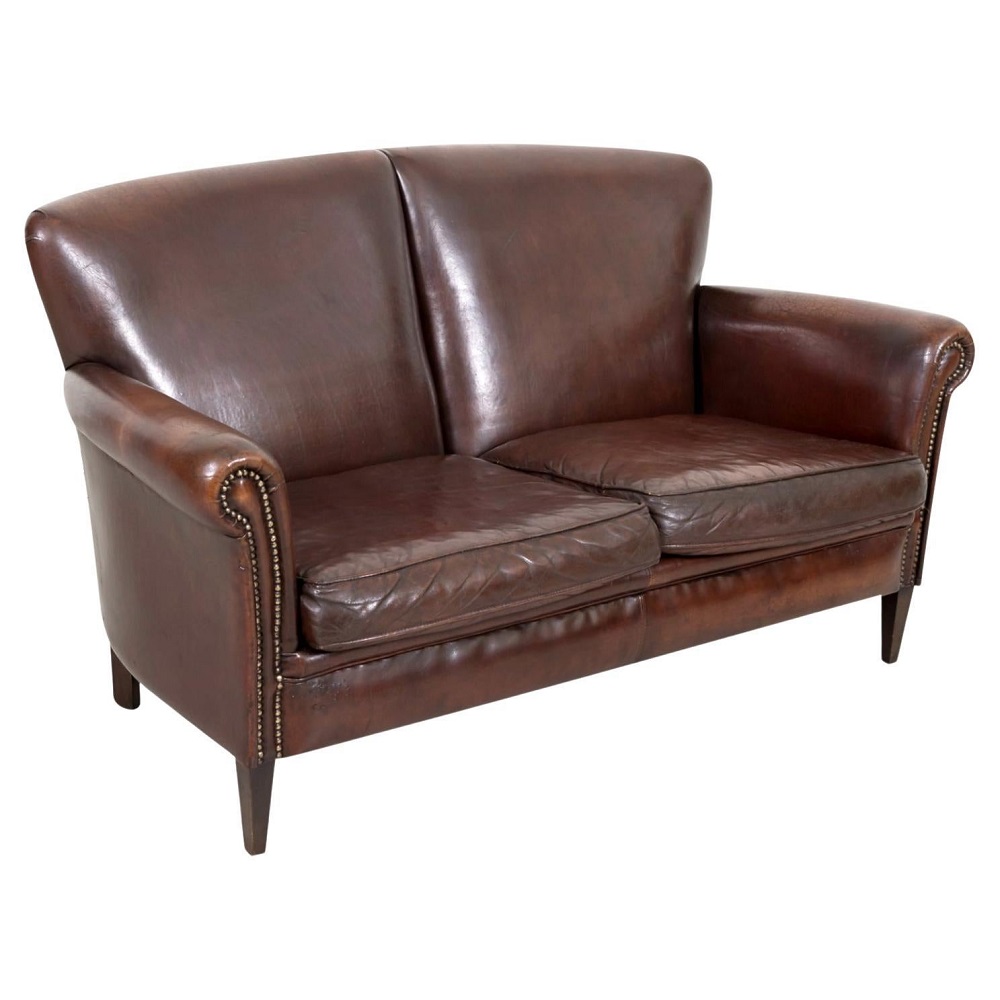
Influence of Material on Use and Comfort
The fabric choice has a deep impact on how a sofa or settee fits into your life.
- Leather, for example, might suit a busy family room due to its ability to handle wear.
- Velvet could be perfect for a formal space, adding a touch of elegance.
- Cotton is often favored for daily use, being soft and easy to maintain.
- Linen can create an inviting space with its relaxed texture, ideal for a sunny conservatory.
The texture, maintenance, and comfort of the fabric can elevate the seating experience and contribute to the overall ambiance of the room. Choosing wisely means considering both aesthetic preferences and lifestyle demands to find the best match for your home.
Sofa and Settee in Modern Home Decor
The choice between a sofa and settee can define a room’s character. With modern home decor, blending form and function is key. This makes understanding how these pieces fit into contemporary designs essential.
Integrating into Contemporary Designs
Incorporating a sofa or settee into modern decor requires a balance. The sofa, often larger, suits open-concept layouts well. It can anchor a room, offering ample seating for family and guests. Its design can range from minimalistic to bold, complementing the contemporary aesthetic with ease.
Settees bring elegance to modern spaces. They are perfect for smaller areas or as an accent piece. Their slender silhouette and often intricate designs echo a luxurious feel. A velvet settee could act as a focal point in a minimalist room. Alternatively, a leather settee adds warmth and texture to a modern space.
When blending these pieces into modern designs, think about color, shape, and placement. A brightly colored sofa may energize a space, while a neutral settee might offer a serene nook.
Choosing the Right Piece for Your Space
The decision between a sofa and settee comes down to space and function. Measure your room and consider how the piece will be used. For larger rooms or family settings, a sofa provides both comfort and seating capacity. For intimate conversations or as a decorative element, a settee is ideal.
In apartments or smaller living areas, a settee can be a smart choice. It provides seating without overwhelming the space. In larger rooms, a settee can complement a sofa, offering more seating without clutter.
Remember material and fabric choices affect both look and feel. Pick materials that align with your lifestyle and design theme. Leathers and synthetics work well for high traffic, while velvets and linens suit less busy areas.
Ultimately, select a piece that reflects your style and meets your needs. Whether it’s a large family sofa or an elegant settee, ensure it melds with your overall home design and serves its intended purpose.
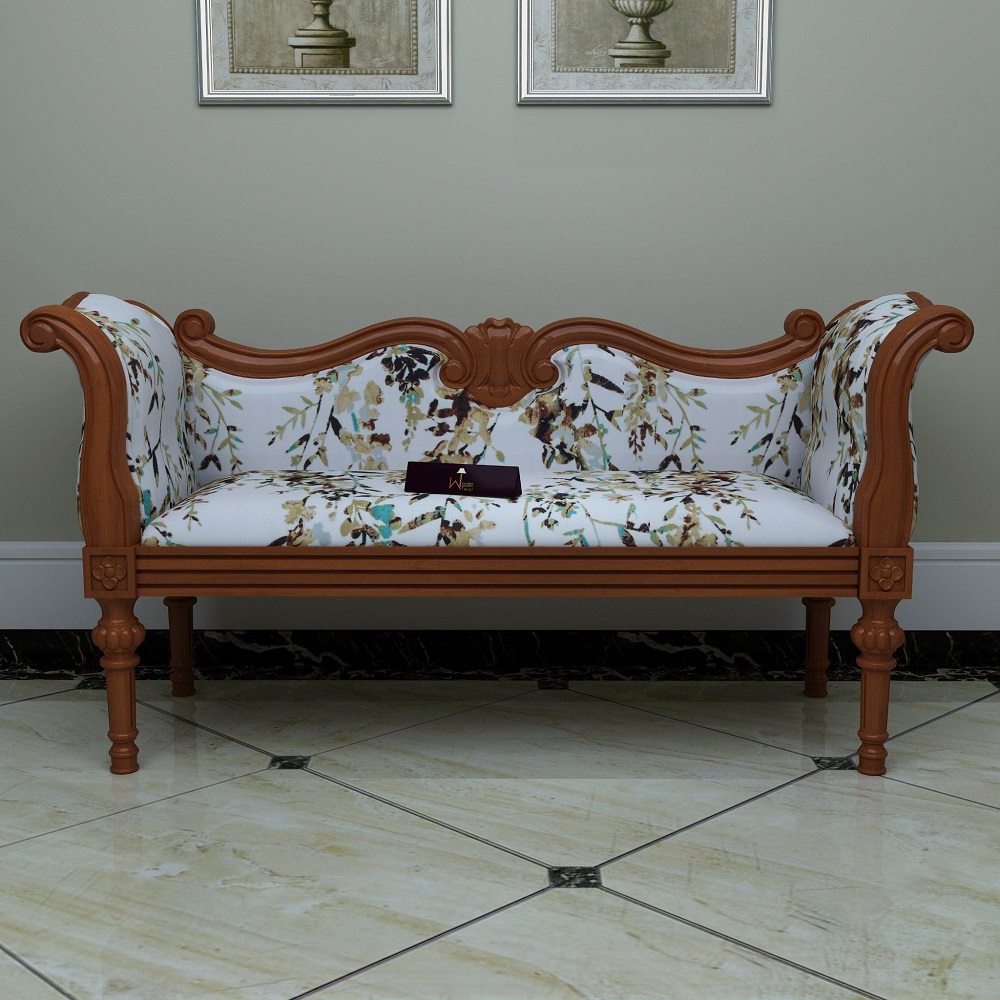
Geographic Variations in Terminology
The terms used to describe seating furniture vary across regions.
Regional Preferences for ‘Sofa’ and ‘Settee’
In different parts of the world, ‘sofa’ and ‘settee’ are preferred differently. For instance, ‘sofa’ is more commonly used in the UK and India, whereas ‘settee’ finds more usage in some American dialects. These preferences often reflect historical usage and migration patterns. In some regions, a sofa suggests a substantial, plush piece, favoring comfort. On the other hand, a settee often implies a more slender, elegant item, hinting at formality.
Cultural Influence on Furniture Terminology
Culture plays a critical role in shaping furniture terminology. Words like ‘sofa’ and ‘settee’ carry with them the weight of tradition, social norms, and aesthetic values. Such terms are not merely labels but reflections of the societies that use them. For example, in the US, ‘couch’ is a commonplace term likely influenced by a culture that emphasizes casual comfort. Various cultural groups and societies may attribute different levels of formality and familiarity to these terms based on their heritage and lifestyle preferences.
Additional Terms Related to Sofas and Settees
When discussing furniture terminology, words like ‘couch’, ‘loveseat’, and ‘Davenport’ often surface. These terms can add to the already complex world of furniture classification. Understanding these terms helps in making more informed furniture choices for your spaces.
Understanding Terms like Couch, Loveseat, and Davenport
The term ‘couch’ is commonly used in regions like North America and Australia and is synonymous with sofas, indicating a casual seating option suitable for lying down.
A ‘loveseat’ is designed for two people, making it ideal for small, intimate spaces. It’s perfect for couples or a cozy reading spot.
‘Davenport’, less common today, was once widely recognized in the US. Historically, it referred to a large, upholstered sofa made by the now-defunct A.H. Davenport Company. The term could occasionally denote a desk or bureau in the UK, showing the diverse usage based on geographical location.
Chesterfield: A Special Category
A ‘Chesterfield’ refers to a specific style of sofa, characterized by its deep button tufting, high rolled arms that are the same height as the back, and often made from leather. Its origins trace back to the 1700s when it was believed to have been commissioned by Lord Phillip Stanhope, the fourth Earl of Chesterfield. This design was meant to allow gentlemen to sit comfortably without wrinkling their garments.
Chesterfield sofas maintain their popularity, recognized for adding a touch of vintage elegance to any setting. Available in various materials and colors, they offer adaptability to both traditional and modern decor styles.
Understanding these varied terms around sofas and settees enriches our knowledge and refines our choices, especially when we seek to blend aesthetics and functionality in living spaces.
Conclusion
When furnishing our homes, understanding the nuances between various seating options is essential.
Summarizing the Differences and Uses
To wrap up, the ‘sofa’ and ‘settee’ are not just different terms, but they denote distinct styles and purposes. The sofa, with its deep historical roots in Arabian culture, has evolved into a comfortable, larger seating solution, fitting for social spaces and family gatherings. Settees, with their narrower frames and often intricate design, offer an elegant touch, ideal for smaller areas or as an accent piece.
In practice, sofas are better suited to larger rooms and for accommodating more people, while settees work well in tighter spaces or for adding a decorative flourish. The choice of material—from leather to velvet, cotton to synthetic blends—further accentuates their use and the atmosphere they create.
Regionally, ‘sofa’ is more prevalent in the UK and India, while ‘settee’ is more common in certain parts of America. Cultural influences shape these preferences, reflecting social norms and interior design trends unique to each region.
Beyond sofas and settees, terms such as ‘couch,’ ‘loveseat,’ and ‘Davenport’ enrich the furniture lexicon. Couches imply more casual uses, loveseats are perfect for duos, and the term Davenport has become outdated but is an interesting part of furniture history. The Chesterfield stands out as a particular sofa category known for its classic design and tufted leather craftsmanship.
Choosing between a sofa and a settee depends on your space, needs, and personal style. Whether for relaxation, decoration, or both, each has its place in our homes, telling its own story of comfort, design, and tradition.
